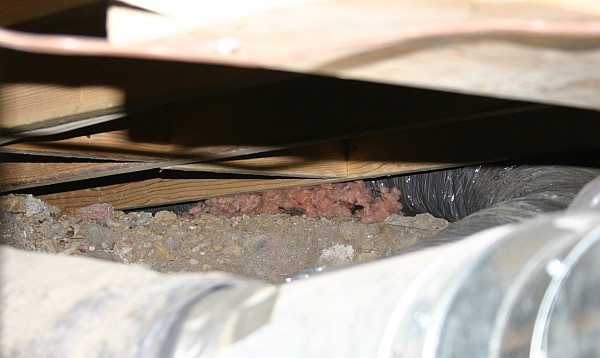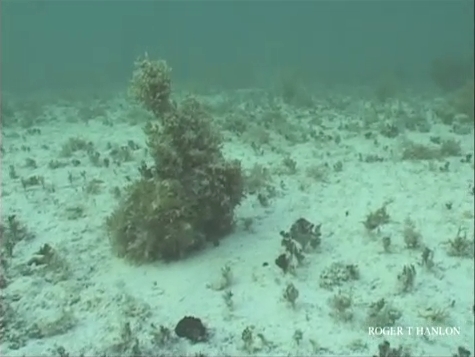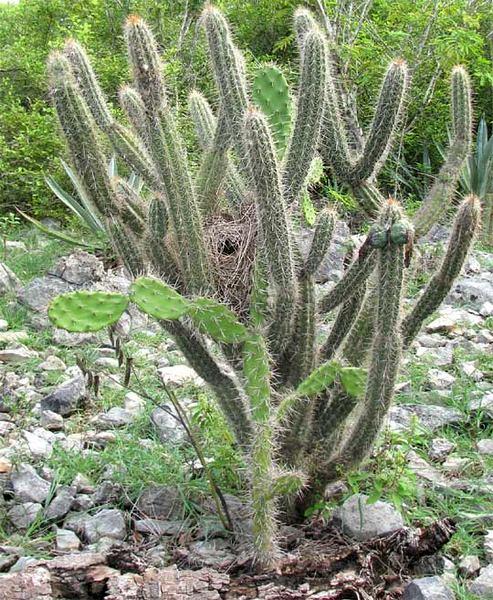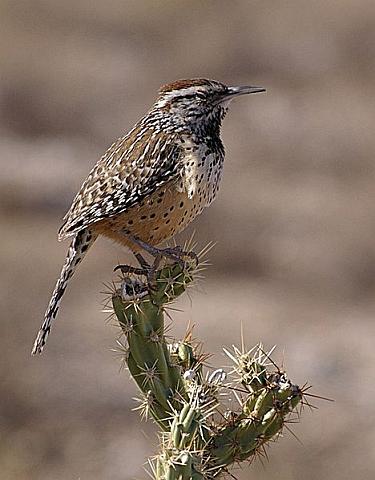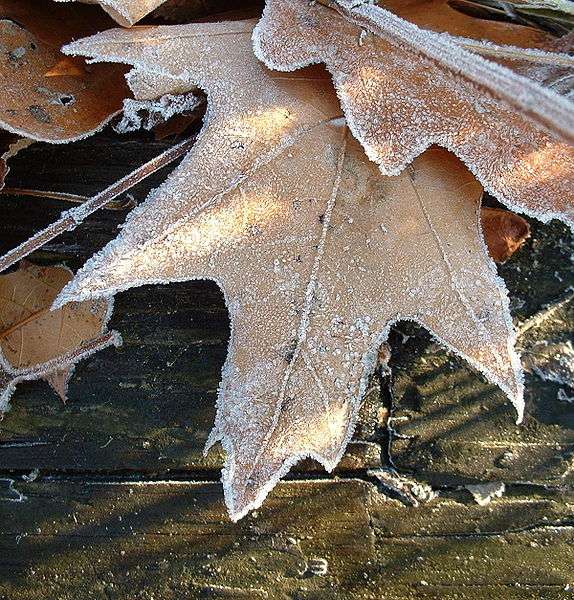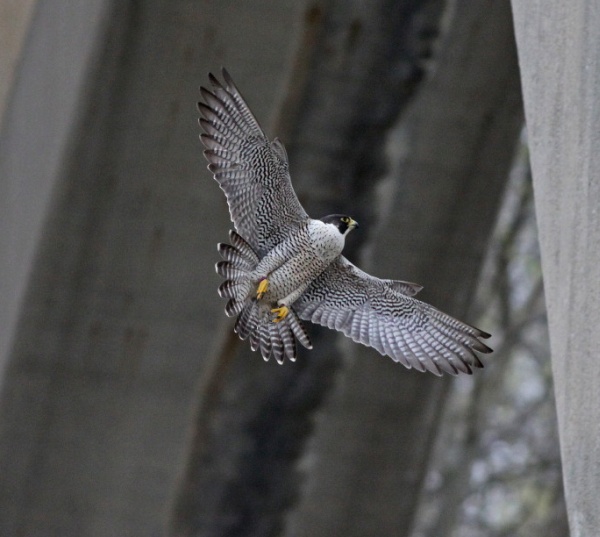
As I’ve snapped photographs of bark for my winter tree identification series, I’ve had no trouble finding clean, lichen-free trees in Schenley Park. It turns out the lack of lichens is bad news for our air quality.
Lichens are two organisms that operate as one, a symbiotic partnership of a fungus with a green or blue-green algae (sometimes all three). The algae’s photosynthesis feeds the fungus. The fungus gathers and retains water and nutrients and protects the algae.
This amazing combination allows lichens to thrive in some of the harshest habitats on earth but they’re sensitive to air pollution. The ones that grow on trees are epiphytes, totally dependent on the surrounding air and precipitation for their nutrition. Ultimately their tissues absorb elements in concentrations that mimic what’s in the air.
We’ve known for a long time that there’s a correlation between the absence of lichens and poor air quality. Back in 1866, the Finnish botanist William Nylander showed that lichens were present in the Luxembourg Gardens that had disappeared from the polluted sections of Paris, France. Sadly, air pollution increased in Paris and within 30 years the Luxembourg Gardens’ lichens had disappeared as well.
Lichens are used in air quality studies today because they are widespread, accurate indicators and far less expensive than man-made monitors. You don’t have to be an expert to participate. In the 1960’s schoolchildren in Great Britain gathered data in a nationwide lichen-based air quality study that produced the “Mucky Air” map. Here’s a list of a few more recent lichen studies:
Even if you can’t identify lichens you can make a rough guess of the local air quality by the types of lichens you see. Basically, “the further it stands out from the tree, the cleaner the air.” Crusty lichens (crustose) are the hardiest because they have the least surface area, leafy (foliose) lichens are in the middle, shrubby (fruticose) lichens are the most sensitive. Hypogymnia physodes, a foliose lichen pictured above, is often used as an indicator species because it’s widely distributed and it “stands up.” I’ve seen lichens like this in Maine but not in Pittsburgh.
Lichens are especially sensitive to sulfur dioxide (SO2). So are people. In Pennsylvania most of our SO2 is produced by coal-burning power plants and coking facilities. High SO2 causes respiratory distress and triggers asthma so it’s been regulated since the Clean Air Act of 1970. Lichens have rebounded in many areas of the U.S. since then.
In June 2010 EPA issued tighter 1-hour SO2 standards (75 ppb, measured hourly) to protect public health from high short term exposures ranging from 5 minutes to 24 hours. Because we’ve been measuring SO2 for so long, we already know that the Pennsylvania counties of Allegheny, Beaver, Indiana and Warren have exceeded the new SO2 standard. Coal-burning facilities in these counties will have to control their SO2 emissions even further. As they do, we’ll all breathe a little easier.
And we’ll have more lichens in the future.
(photo in the public domain from Wikimedia Commons. Click on the photo to see the original.)

